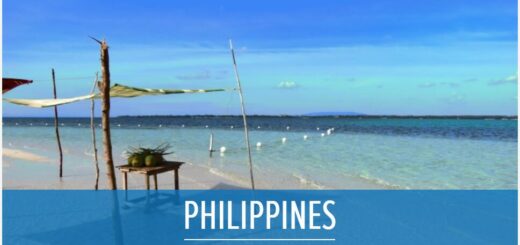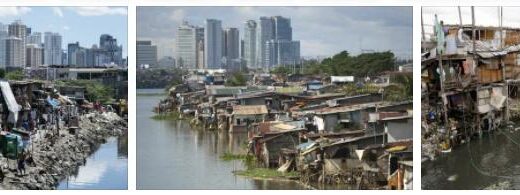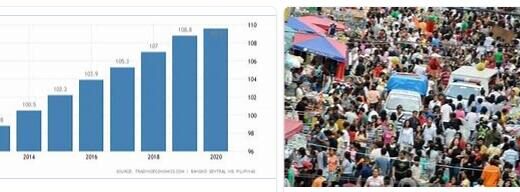Philippines Travel Guide
GETTING THERE
Arriving by plane
The national airline is called Philippine Airlines (PR) (Internet: www.philippineairlines.com).
Other airlines that offer flights to the Philippines include: Air France (AF), British Airways (BA), Cathay Pacific (CX), Emirates (EK), Lufthansa (LH), Qantas (QF), Singapore Airlines (SQ) and Malaysia Airlines (MH).
Departure fee
International airports of Manila, Cebu City and Davao City: 750 PHP (in cash on departure in US $ or in local currency), excluding children under 2 years of age and travelers in transit.
Arrival by ship
Manila is a major seaport and trading hub in the Asian Pacific region. Among other things, the cruise line Radisson Seven Seas Cruises (Internet: www.rssc.com) berths in Manila.
ON THE GO
Traveling by plane
The PAL Express (2P) domestic network is extensive and there are numerous offers for discounted tickets. Flights should be booked in advance. The following charter airlines offer flights within the Philippines: Island Aviation (IAI), Air Philippines Corporation (Internet: www.airphils.com), Asian Spirit Airlines (Internet: www.asianspirit.com), Cebu Pacific Air (Internet: www .cebupacificair.com), Pacific Airways and South East Asian Airlines (Internet: www.flyseair.com).
Note on air travel
The times between Good Friday and Easter Monday and between Christmas and New Year (sometimes longer) are popular vacation times in the Philippines, flights for this time should be booked well in advance. There may also be delays.
Airport taxes
100 pp. Children under 2 years are excluded.
On the way by car / bus
The islands have a total road network of approximately 161,170 km, and the islands of Mindanao, the Visayas and Luzón have expressways.
Bus: Regular buses run between all cities. Jeepneys are jeep-like, differently decorated large taxis with benches that can carry up to 14 people and are similar in price to buses.
Taxis are available in all major cities, and they also go to small towns. One should insist that the meter be switched on in order to avoid excessive price demands. Tip is not necessary.
Rental cars are available in Manila and the other major cities. Documents: Both national and international driver’s license.
Traveling in the city
Most city buses run on Epifanio delos Santo Avenue (EDSA). In addition to the usual regular buses, Metro Manila Transport also operates a few double-decker buses and, in Manila, a “Love Bus” with air conditioning. This bus is now one of the city’s attractions and provides a comfortable ride on selected routes. Most of the trips, however, are made by the jeepneys. The Metro-Rail suspension railway connects the Baclaran station in the south with Monumento in the north and, along Epifanio delos Santo Avenue (EDSA), North Avenue with Taft Avenue. Motorcycles with sidecars and bicycle rickshaws are also available as inexpensive means of transport in cities.
On the go by train
As a country located in Asia according to cheeroutdoor, the Philippine National Railways (Internet: www.pnr.gov.ph) operates the Metrotren long-distance train. It goes to Carmona and Cavite in the south and to Meycauayan and Bulacan in the north.
On the way by ship
Ferries, which also have 1st class cabins, operate between the main ports of the Philippine Islands. SuperFerry ( Internet: www.superferry.com.ph) connects Manila with Cebu six times a week.
For more information, please contact the local shipping companies (Aboitiz Transport Systems Corporation, Tel: (2) 528 7979.
MONEY
Currency
1 Philippine Peso = 100 Centavos. Currency abbreviation: P, PHP (ISO code). There are banknotes in denominations of 1,000, 500, 200, 100, 50 and 20 P, coins in denominations of 10, 5 and 1 P as well as 25, 10, 5 and 1 Centavo.
Credit cards
MasterCard, Visa, American Express and Diners Club are accepted in many places, but should only be used in renowned hotels and shops. Details from the issuer of the credit card in question.
ATMs
ec / Maestro card / Sparcard
cards with the Cirrus or Maestro symbol are accepted throughout Europe and worldwide. Cards with the Cirrus or Maestro symbols are accepted at many ATMs in the Philippines, but not in stores. Further information from banks and credit institutes.
Attention: Travelers who pay abroad with their bank customer card and want to withdraw money should find out about the possibilities of using their card from their bank before starting their journey.
Bank opening times
Mon-Fri 9 a.m.-3 p.m.
Foreign exchange regulations
The import and export of the local currency is permitted up to PP 10,000 (higher amounts only with the approval of the Philippine Central Bank).
The import of foreign currencies is unlimited, from the equivalent of US $ 10,000 there is an obligation to declare (keep receipts well). The export of foreign currencies is limited to the amount declared on entry, minus the exchange amounts.
Currency Exchange
Travelers checks (with purchase receipt) and foreign currencies can be exchanged at all banks, including the branches of the central bank, as well as in many hotels and larger shops. You should only use the official exchange offices or banks in Manila, although the banks can work very slowly. There are fewer opportunities to change money outside the capital, and the rate gets worse the further you go from the capital. All exchange receipts should be retained.



